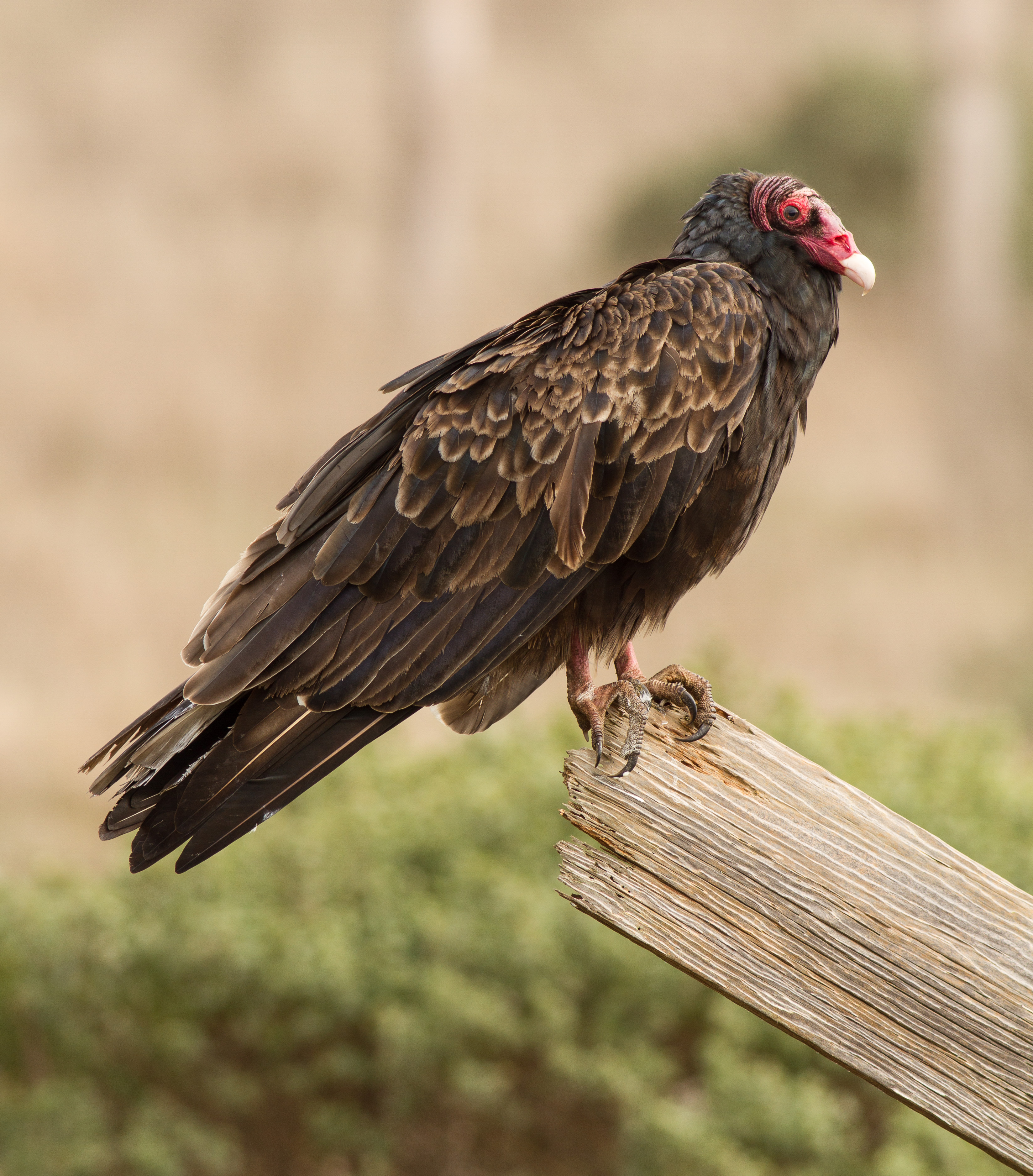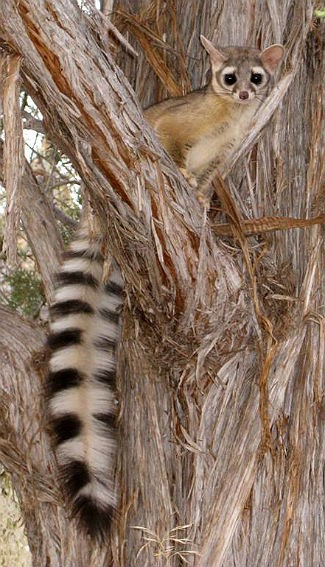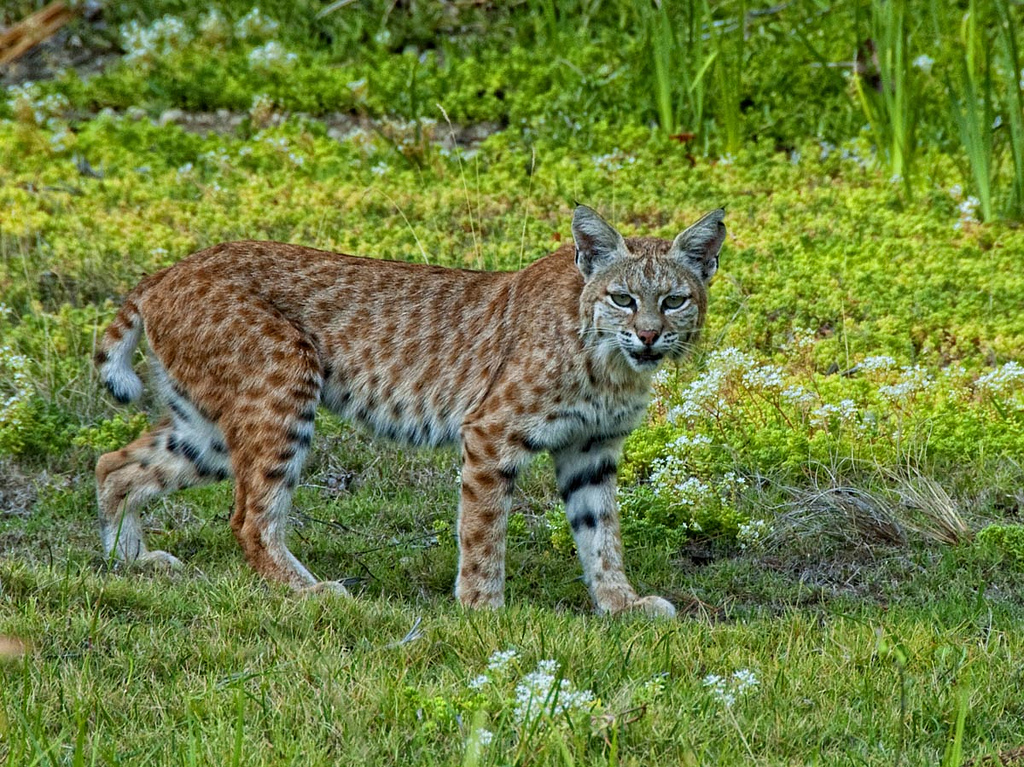|
Phoenix Zoo
The Phoenix Zoo opened in 1962 and is the largest privately owned nonprofit zoo in the United States. Located in Phoenix, Arizona, the zoo was founded by Robert Maytag, a member of the Maytag family, and operates on of land in the Papago Park area of Phoenix. It has been designated as a Phoenix Point of Pride. The zoo has over 1,400 animals on display and contains of walking trails. It is divided into four main themed areas or ''trails:'' The Arizona Trail (American Southwest flora and fauna), the Africa Trail (animals from Africa), the Tropics Trail (residents of the rain forests), and the Children's Trail, which includes a petting zoo. The zoo has been conservation minded from its inception. Soon after it opened, it hosted what was thought to be the last few Arabian oryx, which formed the basis of the world herd created for Operation Oryx and eventually allowed the reintroduction of the species into the wild. It now includes a sanctuary to care for animals that are endan ... [...More Info...] [...Related Items...] OR: [Wikipedia] [Google] [Baidu] |
Papago Park
Papago Park () is a Urban park, municipal park of the cities of Phoenix, Arizona, Phoenix and Tempe, Arizona, United States. It has been designated as a Phoenix Points of Pride, Phoenix Point of Pride. It includes Hunt's Tomb, which is listed on the National Register of Historic Places. Description Papago Park is a hilly desert park covering 1200 acres in its Phoenix extent and 296 acres in its Tempe extent. Tempe refers to its section of the park specifically as ''Tempe Papago Park.'' Papago Park is notable for its many distinctive geological formations and its wide variety of typical desert plants, including the giant saguaro cactus. The park also features the Desert Botanical Garden, the Phoenix Zoo, the Arizona Heritage Center, picnic areas, several small lakes, hiking trails, bicycle paths, a fire museum, as well as Hunt's Tomb, the pyramidal tomb of Arizona's first governor, George W. P. Hunt. Tempe Papago Park includes baseball and softball fields, picnic ramada (shelter) ... [...More Info...] [...Related Items...] OR: [Wikipedia] [Google] [Baidu] |
Coyote
The coyote (''Canis latrans''), also known as the American jackal, prairie wolf, or brush wolf, is a species of canis, canine native to North America. It is smaller than its close relative, the Wolf, gray wolf, and slightly smaller than the closely related eastern wolf and red wolf. It fills much of the same ecological niche as the golden jackal does in Eurasia; however, the coyote is generally larger. The coyote is listed as Least Concern, least concern by the International Union for Conservation of Nature, due to its wide distribution and abundance throughout North America. The species is versatile, able to adapt to and expand into environments modified by humans; urban coyotes are common in many cities. The coyote was sighted in eastern Panama (across the Panama Canal from their home range) for the first time in 2013. The coyote has 19 recognized subspecies. The average male weighs and the average female . Their fur color is predominantly light gray and red or fulvous int ... [...More Info...] [...Related Items...] OR: [Wikipedia] [Google] [Baidu] |
Thick Billed Parrot
The thick-billed parrot (''Rhynchopsitta pachyrhyncha'') is a medium-sized parrot endemic to Mexico that formerly ranged into the southwestern United States. Its position in parrot phylogeny is the subject of ongoing discussion; it is sometimes referred to as thick-billed macaw or thick-billed conure. In Mexico, it is locally called ''guacamaya'' ("macaw") or ''cotorra serrana'' ("mountain parrot"). Classified internationally as Endangered through IUCN, the thick-billed parrot's decline has been central to multiple controversies over wildlife management. In 2018, the estimated wild population in Mexico was 1,700. Taxonomy ''Pachyrhyncha'' is currently classified as a species of the genus '' Rhynchopsitta'' of macaw-like thick-billed parrots of which there are two extant species (the other being the maroon-fronted parrot), and one extinct species. However, recent molecular DNA studies indicate that ''pachyrhyncha'' and its sister species ''terrisi'' in genus ''Rhynchopsitta'' are ... [...More Info...] [...Related Items...] OR: [Wikipedia] [Google] [Baidu] |
California Condor
The California condor (''Gymnogyps californianus'') is a New World vulture and the largest North American land bird. It became extinct in the wild in 1987 when all remaining wild individuals were captured, but has since been reintroduced to northern Arizona and southern Utah (including the Grand Canyon area and Zion National Park), the coastal mountains of California, and northern Baja California in Mexico. It is the only surviving member of the genus ''Gymnogyps'', although four extinct members of the genus are also known. The species is listed by the International Union for the Conservation of Nature as Critically Endangered, and similarly considered ''Critically Imperiled'' by NatureServe. The plumage is black with patches of white on the underside of the wings; the head is largely bald, with skin color ranging from gray on young birds to yellow and bright orange on breeding adults. Its wingspan is the widest of any North American bird, and its weight of up to nearly equ ... [...More Info...] [...Related Items...] OR: [Wikipedia] [Google] [Baidu] |
Turkey Vulture
The turkey vulture (''Cathartes aura'') is the most widespread of the New World vultures. One of three species in the genus '' Cathartes'' of the family Cathartidae, the turkey vulture ranges from southern Canada to the southernmost tip of South America. It inhabits a variety of open and semi-open areas, including subtropical forests, shrublands, pastures, and deserts. Like all New World vultures, it is not closely related to the Old World vultures of Europe, Africa, and Asia. However, the two groups strongly resemble each other due to convergent evolution. The turkey vulture is a scavenger and feeds almost exclusively on carrion. It finds its food using its keen eyes and sense of smell, flying low enough to detect the gasses produced by the early stages of decay in dead animals. In flight, it uses thermals to move through the air, flapping its wings infrequently. It roosts in large community groups. Lacking a syrinx—the vocal organ of birds—its only vocalizations are grun ... [...More Info...] [...Related Items...] OR: [Wikipedia] [Google] [Baidu] |
Ringtail
The ringtail (''Bassariscus astutus'') is a mammal of the raccoon family native to arid regions of North America. It is widely distributed and well-adapted to its distributed areas. It has been legally trapped for its fur. Globally, it is listed as Least Concern on the IUCN Red List but is a Conservation Strategy Species in Oregon and Fully Protected in California The species is known by a variety of names, such as ring-tailed cat, miner's cat, civet cat, and cacomistle (or cacomixtle), though the last of these can refer to '' B. sumichrasti''. The ringtail is the state mammal of Arizona. Description The ringtail is black to dark brown in color with pale underparts. The animal has a pointed muzzle with long whiskers, similar to that of a fox (its Latin name means 'clever little fox') and its body resembles that of a cat. The ringtail's face resembles a mask as dark brown and black hair surround its eyes. These animals are characterized by a long black and white "ringed" ta ... [...More Info...] [...Related Items...] OR: [Wikipedia] [Google] [Baidu] |
Black-tailed Prairie Dog
The black-tailed prairie dog (''Cynomys ludovicianus'') is a rodent of the family Sciuridae (the squirrels) found in the Great Plains of North America from about the United States–Canada border to the United States–Mexico border. Unlike some other prairie dogs, these animals do not truly hibernate. The black-tailed prairie dog can be seen above ground in midwinter. A black-tailed prairie dog town in Texas was reported to cover and included 400,000,000 individuals. Prior to habitat destruction, the species may have been the most abundant prairie dog in central North America. It was one of two prairie dogs described by the Lewis and Clark Expedition in the journals and diaries of their expedition. Description Black-tailed prairie dogs are generally tan in color, with lighter-colored bellies. They may have color variation in their pelt, such as dark fur on their back in black and brown tones. Their tails have black tips, from which their name is derived. Adults can weigh from ... [...More Info...] [...Related Items...] OR: [Wikipedia] [Google] [Baidu] |
Rattlesnake
Rattlesnakes are venomous snakes that form the genus, genera ''Crotalus'' and ''Sistrurus'' of the subfamily Crotalinae (the pit vipers). All rattlesnakes are vipers. Rattlesnakes are predators that live in a wide array of habitats, hunting small animals such as birds and rodents. Rattlesnakes receive their name from the #Rattle, rattle located at the end of their tails, which makes a loud rattling noise when tail vibration, vibrated that deters predators. Rattlesnakes are the leading contributor to snakebite injuries in North America, but rarely bite unless provoked or threatened; if treated promptly, the bites are seldom fatal. The 36 known List of rattlesnake species and subspecies, species of rattlesnakes have between 65 and 70 subspecies, all native to the Americas, ranging from central Argentina to southern Canada. The largest rattlesnake, the Eastern diamondback rattlesnake, eastern diamondback, can measure up to in length. Rattlesnakes are preyed upon by hawks, wease ... [...More Info...] [...Related Items...] OR: [Wikipedia] [Google] [Baidu] |
Horned Lizard
''Phrynosoma'', whose members are known as the horned lizards, horny toads, or horntoads, is a genus of North American lizards and the type genus of the Family (biology), family Phrynosomatidae. Their common names refer directly to their horns or to their flattened, rounded bodies (squat bodied), and blunt snouts. The Genus, generic name ''Phrynosoma'' means "toad-bodied". In common with true toads (amphibians of the family Bufonidae), horned lizards tend to move sluggishly, often remain motionless, and rely on their remarkable camouflage to avoid detection by predators. They are adapted to arid or semiarid areas. The spines on the lizard's back and sides are modified reptile scales, which prevent water loss through the skin, whereas the horns on the head are true horns (i.e., they have a bony core). A Bladder#Reptiles, urinary bladder is absent. Of the 21 species of horned lizards, 15 are native to the USA. The largest-bodied and most widely distributed of the American species i ... [...More Info...] [...Related Items...] OR: [Wikipedia] [Google] [Baidu] |
Common Raven
The common raven or northern raven (''Corvus corax'') is a large all-black passerine bird. It is the most widely distributed of all Corvidae, corvids, found across the Northern Hemisphere. There are 11 accepted subspecies with little variation in appearance, although recent research has demonstrated significant genetic differences among populations from various regions. It is one of the two largest corvids, alongside the thick-billed raven, and is the heaviest passerine bird; at maturity, the common raven averages in length and in weight, though up to in the heaviest individuals. Although their typical lifespan is considerably shorter, common ravens can live more than 23 years in the wild. Young birds may travel in Flocks of birds, flocks but later mate for life, with each mated pair defending a territory (animal), territory. Common ravens have coexisted with humans for thousands of years and in some areas have been so numerous that people have regarded them as pest (organi ... [...More Info...] [...Related Items...] OR: [Wikipedia] [Google] [Baidu] |
Snowy Egret
The snowy egret (''Egretta thula'') is a small white heron. The genus name comes from Provençal French for the little egret, , which is a diminutive of , 'heron'. The species name ''thula'' is the Araucano term for the black-necked swan, applied to this species in error by Chilean naturalist Juan Ignacio Molina in 1782.Jobling, 2010, p.143, 385 The snowy egret is the American counterpart to the very similar Old World little egret, which has become established in the Bahamas. At one time, the plumes of the snowy egret were in great demand as decorations for women's hats. They were hunted for these plumes and this reduced the population of the species to dangerously low levels. Now protected in the United States by law, under the Migratory Bird Treaty Act, this bird's population has rebounded. Description Adult snowy egrets are entirely white apart from the yellow lores between the long black bill and the eye, black legs, and bright yellow feet. The nape and neck bear l ... [...More Info...] [...Related Items...] OR: [Wikipedia] [Google] [Baidu] |
Bobcat
The bobcat (''Lynx rufus''), also known as the wildcat, bay lynx, or red lynx, is one of the four extant species within the medium-sized wild cat genus '' Lynx''. Native to North America, it ranges from southern Canada through most of the contiguous United States to Oaxaca in Mexico. It is listed as Least Concern on the IUCN Red List since 2002, due to its wide distribution and large population. Although it has been hunted extensively both for sport and fur, populations have proven stable, though declining in some areas. It has distinctive black bars on its forelegs and a black-tipped, stubby (or "bobbed") tail, from which it derives its name. It reaches a total length (including the tail) of up to . It is an adaptable predator inhabiting wooded areas, semidesert, urban edge, forest edge, and swampland environments. It remains in some of its original range, but populations are vulnerable to extirpation by coyotes and domestic animals. Though the bobcat prefers rabbits and ... [...More Info...] [...Related Items...] OR: [Wikipedia] [Google] [Baidu] |










